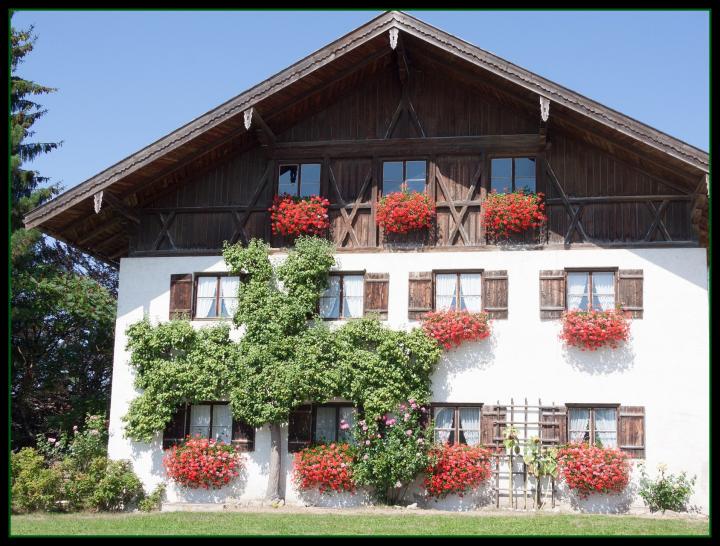





 Photo by Pixabay
Photo by Pixabay
Whether your garden is formal or informal, the addition of an espalier, trained flat against a building wall or crisscrossed along a fence, is sure to be an eye-catcher.
An espalier is created by pruning a tree or shrub so that it grows in a single plane. The technique was used to grow grapes in ancient Greece and Rome and was later refined in the walled settlements of medieval Europe. With growing space at a premium, fruit trees were planted against the parapets and pruned flat. South- and west-facing walls heated by the Sun provided a warm microclimate that extended the growing season, giving the fruit more time to ripen. The open pruning allowed lots of sunlight to reach every part of the plant, enhancing fruit color and boosting yields.
Today, home gardeners have embraced espaliers as unique garden features. They are ideal for small garden spaces or patios where a tall plant is needed. Espaliers needn’t be limited to walls and fences. They can be grown on wire frames and used as hedges, screens, garden dividers, or borders for paths. A single espaliered plant may be used instead of a garden ornament and displayed as a piece of living art.
There are an amazing number of plants that can be trained as espaliers. Consider flowering shrubs such as forsythia and upright cotoneaster; evergreens such as holly and yew; and tree fruits such as apples and pears.
Easy designs for beginning espalier enthusiasts are a fan or T-shape branch arrangement. More challenging designs include the basket weave, candelabra, and diamond motifs.
It may take 2 or 3 years of training to create an espalier using a simple design and several years for one more complex. Don’t despair if at first the plant doesn’t seem to be cooperating. Espaliers, like some people, seem to have a way of shaping up when their back’s up against the wall.
Copyright © www.100flowers.win Botanic Garden All Rights Reserved